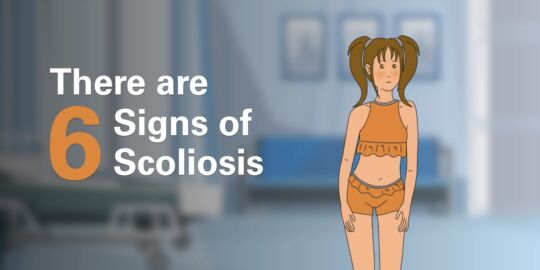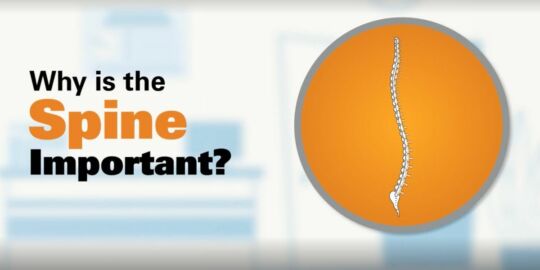How Common is Scoliosis?
Shedding Light on Adolescent Idiopathic Scoliosis: What Parents Need to Know
Adolescent Idiopathic Scoliosis (AIS) is a condition that concerns many parents, as they navigate their child's diagnosis. Idiopathic Scoliosis means "Cause Unknown" Adolescent Idiopathic Scoliosis is the most common type found in children ages 10-15.
A closer look at AIS metrics on a regional scale reveals a patchwork of incidence rates. North America reports AIS prevalence around 2.5%, thanks to proactive public health campaigns. Europe's pattern is similar, though nations like Norway and Greece notice a modestly higher frequency. Asia presents more diverse figures; places like China and Japan cite AIS rates reaching 3.5%, possibly linked to hereditary or environmental elements.
AIS commonly surfaces during the key years of adolescence, especially from age 10 to 15, a vital time due to the swift bone growth that can intensify spinal deviations. The condition also shows a distinct gender angle, with girls more frequently developing AIS than boys, around a 4:1 ratio when it comes to curves that need medical follow-up. This gender difference becomes even more striking with increasing curve severity. For parents, understanding the age and gender factors is critical—it can direct closer observation of their children when it's most required. Spotting the signs early is essential for managing this condition effectively, making parental alertness to these risk factors a key part of ensuring timely and appropriate care.
It should be noted than roughly 1 in 500 cases even needs medical treatment and only 1 in 1000 cases of Idiopathic Scoliosis needs spinal surgery.
Newly Diagnosed?
We've put together some resources to help you and your child navigate your scoliosis journey. Click below to learn more and find guidance from others who have experienced this already.


